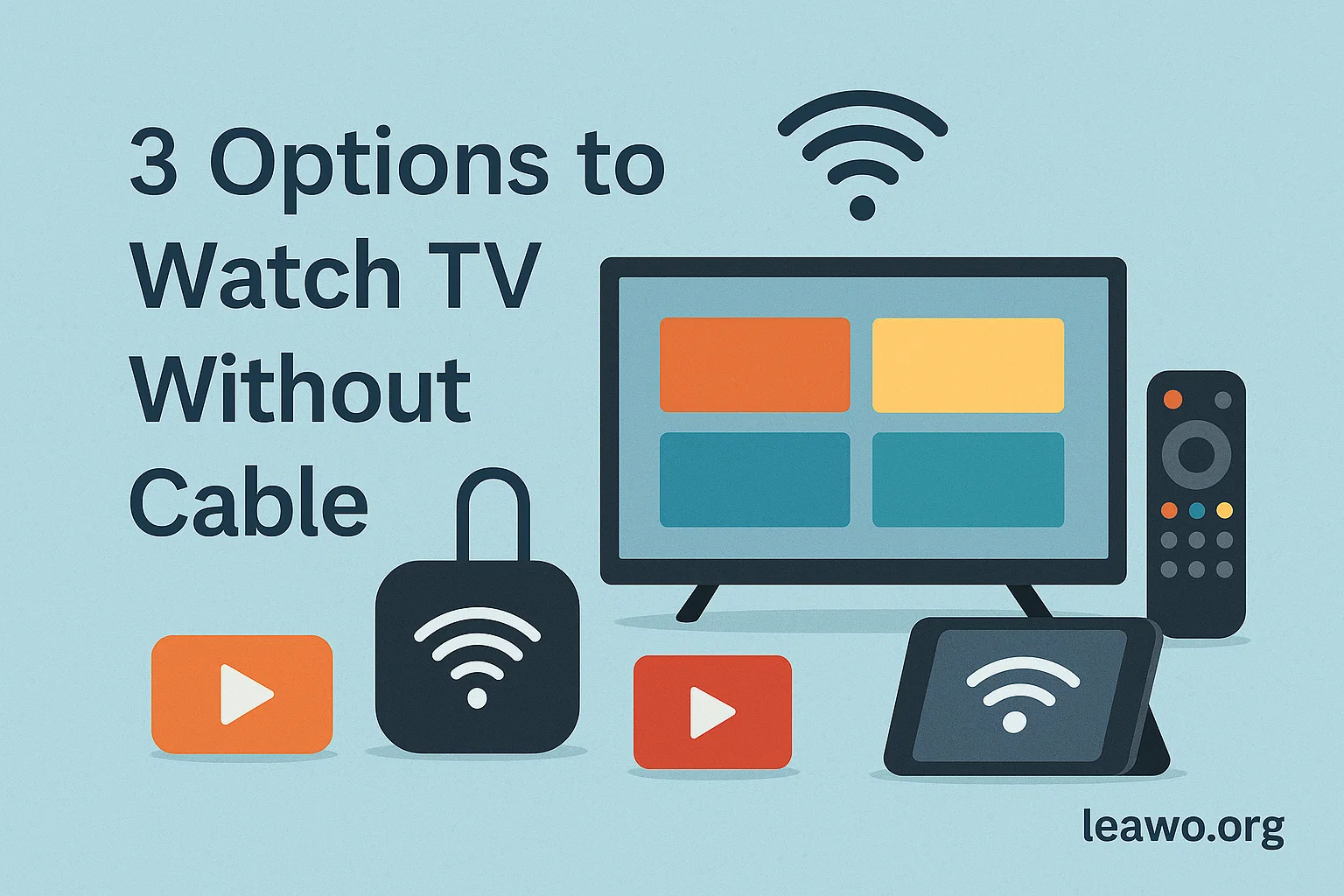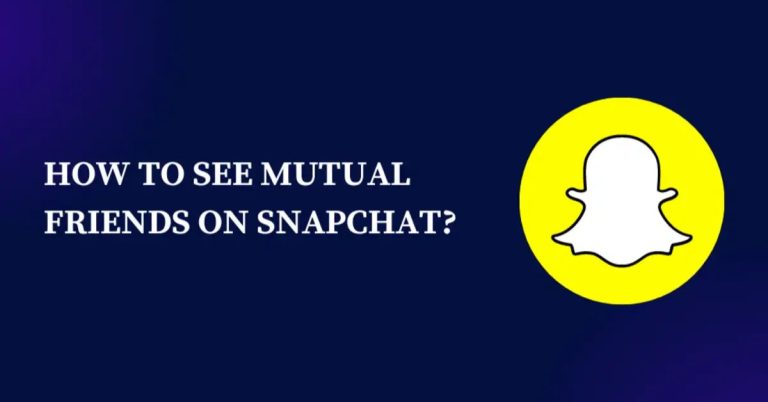3 Options to Watch TV Without Cable
In an age where cable subscriptions are declining and streaming is booming, many people are asking the same question: how to watch TV without cable? Whether you’re trying to cut down on monthly expenses, reduce your screen time, or just enjoy a more flexible way to consume entertainment, there are several great alternatives to traditional cable TV. And no—you don’t always need the internet, either.
In this guide, we’ll cover three popular options for watching TV without cable. Each has its own pros and cons, and the best choice for you will depend on your lifestyle, location, and viewing preferences. We’ll also look at the kinds of devices you’ll need to make the most of these options.
Option 1: The Classic Solution – HD Antenna for Local Channels
If you’re wondering how to watch network TV without cable, the simplest and most cost-effective solution is an HD antenna. This method has been around for decades but has improved significantly in quality.
An HD antenna captures free over-the-air (OTA) signals from local broadcast stations. Channels like ABC, CBS, NBC, FOX, PBS, and more are often available, depending on your location and signal strength.
There are indoor and outdoor antennas, and many models now support full HD or even 4K resolution. Setup usually involves plugging the antenna into your TV’s coaxial input and scanning for available channels.
Pros
- Completely free after purchase
- No monthly fees or contracts
- Great for local news, sports, and prime-time shows
- Simple installation process
Cons
- Limited to local channels
- Signal strength varies based on geography and interference
- No on-demand viewing
This option is perfect for those who live in urban or suburban areas where OTA signals are strong. It’s a great solution if you just want to catch local news or enjoy major network programming.
Option 2: Physical Media – Your Personal, Offline Library
If you want to build a personal collection of TV shows and movies that you can access any time—even without the internet—physical media is an excellent option. Think DVDs, Blu-rays, or even digital discs you create yourself.
How to Build a Blu-ray/DVD Library
Start by purchasing or borrowing physical copies of your favorite shows and movies. Alternatively, you can create your own Blu-ray discs using a tool like Leawo Blu-ray Creator, which allows you to burn videos to Blu-ray or DVD from your computer. This is a great way to archive shows you’ve recorded or downloaded legally.
Leawo Blu-ray Creator supports various video formats and provides customizable menus and templates to give your homemade discs a professional feel.
You can organize your library by genre, series, or personal preference, and use a media shelf or storage box to keep everything in order.
Pros
- No internet or subscription needed
- Ownership of content
- Watch anytime, anywhere
- Ideal for collectors and cinephiles
Cons
- Upfront cost for media and player
- Takes up physical space
- Not as instantly accessible as streaming
So, can you watch TV without cable and without the internet? Absolutely—physical media ensures you always have something to watch, even during outages or when traveling off-grid.
Option 3: Use Streaming Services or Pre-Download TV Shows
Streaming is the most common alternative for those wondering how to watch TV without cable or internet (if you plan ahead). With a variety of platforms available, you can enjoy content on-demand and tailor your subscriptions to your preferences.
Popular streaming services include:
- Netflix
- Hulu
- Amazon Prime Video
- Disney+
- Peacock
- Paramount+
Each platform offers a different mix of movies, original shows, and licensed TV series. If you’re worried about using too much data or want to watch offline, many services offer download features.
For instance, with Netflix, you can use a video downloader for Netflix such as CleverGet to save episodes and movies to your device. This allows you to watch your favorite content anytime, without needing a Wi-Fi or data connection.
Pros
- On-demand content
- Wide variety of genres and shows
- Multiple user profiles and parental controls
- Offline viewing available with downloads
Cons
- Monthly subscription costs
- Requires internet for initial download
- Content libraries vary by region and change frequently
Streaming is best for people who want flexibility and variety in what they watch. If you have reliable internet, it’s a top-tier solution. And with pre-downloaded content, it works even offline.
What You’ll Need: Media Players or Smart TVs with Storage
To make any of the above options work smoothly, you’ll need the right hardware. Whether it’s a smart TV, Blu-ray player, or streaming stick, your setup determines your viewing experience.
- Smart TVs (Samsung, LG, TCL Roku TVs): Many come with built-in streaming apps and USB ports for physical media.
- Streaming Sticks (Roku, Amazon Fire Stick, Google Chromecast): Compact and budget-friendly, great for streaming platforms.
- Blu-ray/DVD Players: Necessary for physical media; some even offer 4K playback and smart features.
- External Hard Drives or USB Flash Drives: Perfect for storing downloaded content and plugging directly into your TV.
- Media Boxes (Apple TV, Nvidia Shield): High-performance streaming with storage and advanced features.
Pros
- Enhance content compatibility and quality
- Enable offline playback with USB support
- Easy access to multiple media formats
Cons
- Initial cost for devices
- Some require configuration or app downloads
- Older TVs may need adapters or additional hardware
With the right gear, your home entertainment setup can rival cable—without the monthly bill.
Conclusion
If you’ve been asking yourself how to watch TV without cable, you’re not alone—and the good news is, there are plenty of effective solutions. Whether you go old-school with an HD antenna, build a physical media library with tools like Leawo Blu-ray Creator, or use a video downloader like CleverGet to prepare content in advance, you have options that fit different needs and budgets.
Modern technology makes it easier than ever to enjoy your favorite shows and channels without being tied to expensive cable contracts. All it takes is a little planning, the right tools, and a willingness to explore new ways of watching.
So whether you’re going fully offline or embracing the best of streaming, cutting the cord has never been more practical—or enjoyable.







